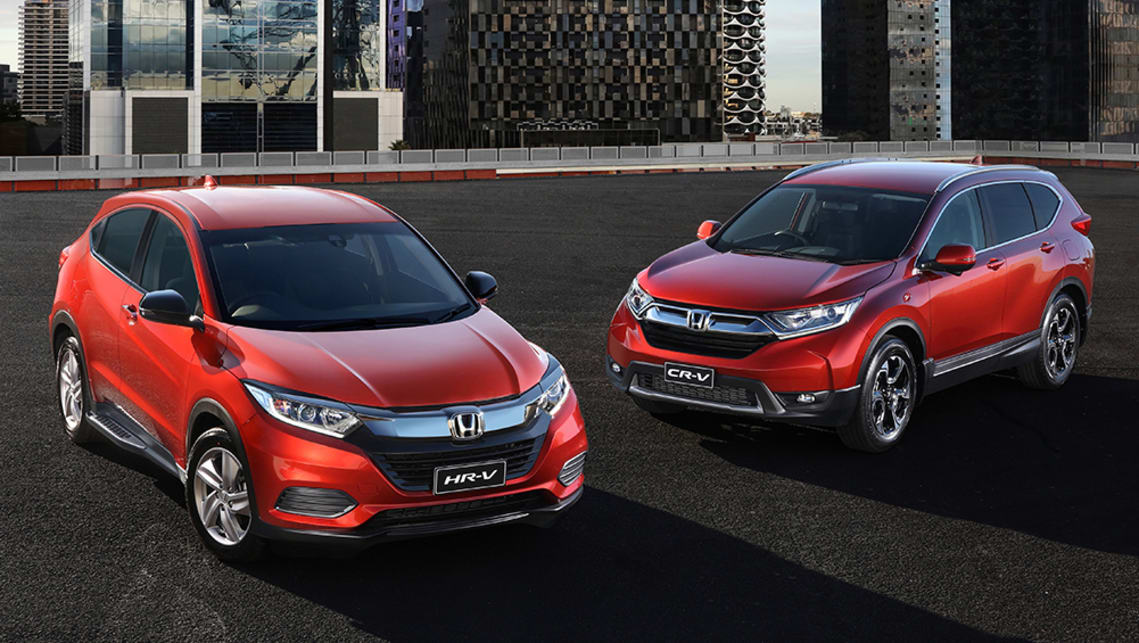Your cart is currently empty!

Is Honda about to revolutionise the way we buy cars?
At first glance Honda Australia’s decision to scale back its operations and adopt a new ‘agency-style’ sales model looks like a backwards step. It gives the impression that the brand’s declining sales have led it to make a radical change in the hopes of clinging to survival.
That’s wrong.
Instead, Honda could be about to start a revolution and change the way we buy cars forever, making life for new-car buyers easier and more enjoyable than ever before. That’s because this new approach, of having all new vehicle stock controlled by the brand’s head office and not the dealerships, could soon sweep across the industry if Honda proves successful.
Online car sales have been attempted before by car companies, but only sporadically and typically when supply is too limited to satisfy all dealerships. For example, Subaru began sales of the BRZ via its website in order to ensure fairness to its dealer network.
Mercedes-Benz actually beat Honda to the model when it launched the EQC in December, effectively centralising its stock and using the dealerships as delivery venues for a flat fee. However, supply constraints make it too early for the company to make any definitive comment on how it has been received by customers or dealers.
But according to one car company insider we spoke to, the benefits of this new model are extensive for both customers and even the dealers, making it a potential new business model for all brands, should Honda make it work.
The core of the issue is that popular modern buzz-phrase – ‘customer experience.’
How customers interact with a brand makes a huge difference on the way a company is viewed, the likelihood of people to buy a product in the first instance and then the chances they will become repeat customers.
The agency model removes one of the most unappealing aspects of buying a new car – haggling over the price. By controlling all the stock, the car company can set a price, stick to it and market it consistently, so the buyer knows what they are in for.
It also allows for the car companies to better manage their model range, giving them the opportunity to focus on the models and variants that sell in significant numbers and culling the underperformers quickly and more easily.
In turn, that means less complexity for car brands, which could lead to sharper pricing but also clearer choices for the customers. For example, Honda will only have six models when it makes the switch to this new sales method – Civic, HR-V, CR-V, Odyssey, Accord and NSX.
Obviously, this means a huge change for the dealers and the business model they have used for decades, but change isn’t always a bad thing. For starters, dealers will no longer have to carry vast amounts of stock (often models from previous years that lose money) because now the car companies will be able to provide demonstrator models.
In theory dealerships will be able to downsize, reduce staffing numbers and be able to focus more on creating a positive ‘customer experience’ rather than pushing for sales and negotiating pricing.
That is the key for the car companies; improving the way the customer interacts with its brand to ensure a better chance of getting them back again in three or four years for their next new model.
In theory it also opens the door for brands to have new ideas and incentives to attract buyers, like 30-day returns or subscription-style services. Or as our insider put it: “They will need to get creative and have more flexibility. The game is changing quickly and, ultimately, the customer is king.”
For an example of how a brand can use consistent pricing and an improved showroom experience successfully, look no further than the growth of Apple of the past two decades and its rise from a niche player to the market leader in many ways.
Honda won’t become the market leader by changing the way it sells cars, but if it can increase its profits and improve its brand perception then you can be sure other car brands will follow soon.
Of course, it will be car dealers that will be at the frontline of this change and many will resist and rebel against the change needed to try and stay competitive in the new-car market, but if it helps sell more cars then you can rest assured the car companies will find a way to do it.
by
Tags:
